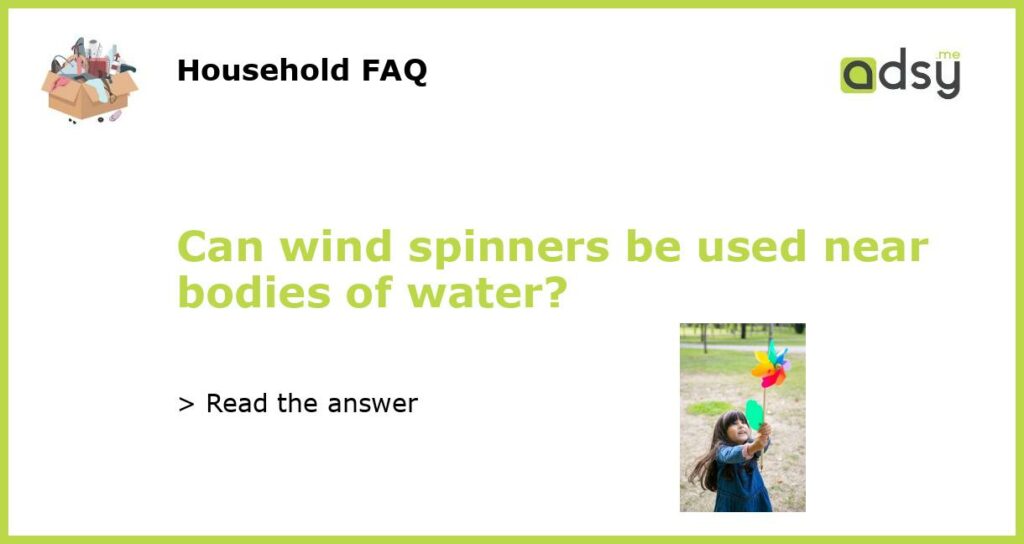Can Wind Spinners Be Used Near Bodies of Water?
Wind spinners are a popular decoration that can add beauty and movement to any outdoor space. Many people wonder if it is safe to use wind spinners near bodies of water such as ponds, lakes, or even the ocean. In this article, we will explore the factors to consider when using wind spinners near bodies of water.
Material and Durability
When selecting a wind spinner for use near water, it’s important to consider the material and durability of the spinner. Some wind spinners are made of metal, which can rust when exposed to water. It is recommended to choose a wind spinner made of materials such as stainless steel or aluminum, which are more resistant to corrosion. These materials will ensure that your wind spinner remains in good condition even when exposed to water.
Maintenance and Cleaning
Using wind spinners near bodies of water may require regular maintenance and cleaning to prevent the buildup of dirt, algae, or other organic materials. Regularly cleaning your wind spinner with mild soap and water will help maintain its appearance and ensure its longevity. Additionally, if you live in an area with high levels of saltwater, rinsing your wind spinner with freshwater after exposure to saltwater can help prevent any potential damage.
Wind Strength and Direction
Another important factor to consider when using wind spinners near bodies of water is the strength and direction of the wind. Wind spinners require air movement to spin, and bodies of water can affect the wind patterns in the surrounding area. Wind that blows off the water can be more unpredictable and stronger than wind that blows over land. It is recommended to place your wind spinner in an area where it can benefit from a consistent breeze without being exposed to strong, gusty winds off the water.
Location and Mounting
Choosing the right location and mounting method for your wind spinner near water is crucial for both safety and optimal spinning performance. When selecting a location, consider factors such as accessibility, visibility, and potential obstructions. Mounting your wind spinner securely to a stable structure, such as a post, fence, or tree, will help ensure that it remains in place even during strong winds or in close proximity to water.
Potential Hazards
While wind spinners can be a beautiful addition to any outdoor space, it is important to consider potential hazards when using them near bodies of water. For example, if you have a fishing or swimming area, it is essential to keep the wind spinner at a safe distance to prevent any accidents. Additionally, be mindful of any sharp edges or protruding parts on the wind spinner that could potentially pose a risk to people or wildlife.
In conclusion, wind spinners can be used near bodies of water with proper consideration of materials, maintenance, wind strength and direction, location, and potential hazards. By selecting a durable wind spinner, regularly cleaning and maintaining it, choosing the right location and mounting method, and being aware of any potential safety risks, you can enjoy the beauty and movement of wind spinners near water.






